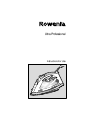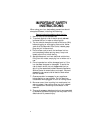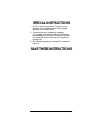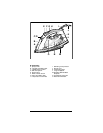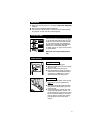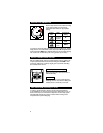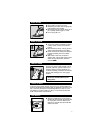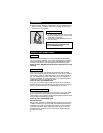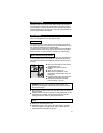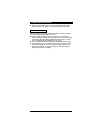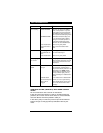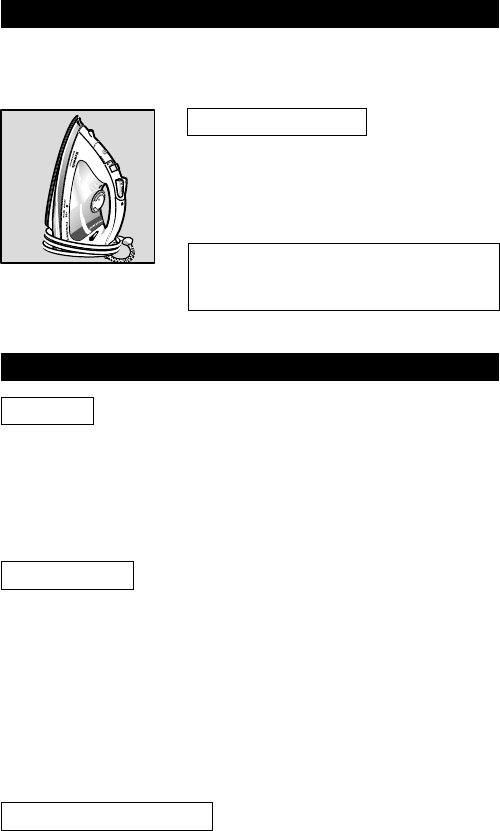
8
AFTER IRONING
˾
Unplug the iron. Slide the variable steam control completely to the
left (the minimum position) and empty any water left in the tank.
Leave the iron to cool down.
Integrated cord wrap
˾
For easy storage, the cord can be wound
loosely around the heel once the iron has
cooled down completely.
˾
To protect the soleplate always store the
iron on its heel.
Important:
Always empty the water tank when
you have finished ironing.
WATER TO USE IN ROWENTA IRONS
Tap water
Rowenta irons are designed to be used with REGULAR TAP WATER
(up to 12 grains of hardness). If your water is harder than this, Rowen-
ta recommends mixing half tap water with half distilled water which
reduces the hardness; or just use inexpensive bottled spring water.
Never use 100% distilled water since this can cause the iron to spit
and leak.
Softened water
There are many types of household water softeners and the water
from many of them is perfectly acceptable for use in an iron. However,
some types of softeners, particularly those that use chemicals such as
salt, can cause the iron to leak or spit during use. If you experience
this type of problem, we recommend that you try using inexpensive
bottled spring water or untreated tap water.
Never use 100% pure distilled water.
Once you have changed water it will take several uses to correct the
problem. Rowenta recommends trying the steam function for the first
time on an old towel or cloth to avoid damaging your clothes.
Iron and other impurities
If your water supply contains large amounts of iron or organic matter,
these minerals can collect inside the iron and eventually appear as
brown stains. If you experience these problems Rowenta recommends
using inexpensive bottled spring water.
Never use 100% pure distilled water.
Always remember:
Battery water and water containing additives (such as starch, perfume
or fabric conditioner) may not be used. Such additives can affect the
properties of the stean and, at high temperatures, can form deposits
in the steam chamber, which will mark the laundry when they are
emitted through the steam vents. For this reason descaling liquids
should not be used.



